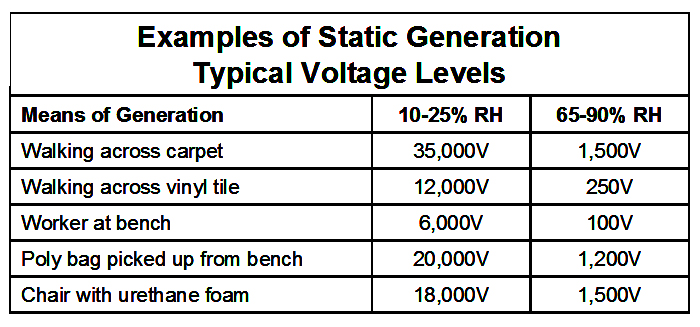What are common causes of ESD?
June 20, 2013
Question: What are common causes of ESD?
Answer: Just about any contact and separation of two materials will generate static.
Opening a common plastic bag. Removing adhesive tape from a roll or container. Walking across a floor and grabbing the door knob. Sliding circuit boards on a work bench.  You get the idea.
Every Thursday, Transforming Technologies will answer questions concerning all things ESD: static causes, threats,  ESD prevention, best practices and all things static in a feature we call ESD Q&A.  If you have ESD questions that you would like to be answered, email info@transforming-technologies.com  with Q&A in the subject line.


